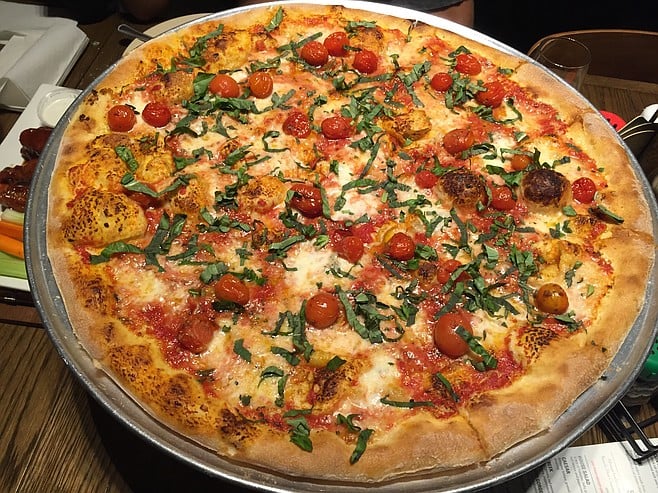Karl Jobst On
the Far-Reaching Impact of Exceptional Leadership in Dentistry
Surely
there has been plenty of discussion regarding the importance of establishing a
wholly positive and pervasive culture in a dental practice, particularly since
each patient usually deals with multiple staff members and assistants before
even having the opportunity to meet with the dentist. This means that the team
members that make up the dental office are often most responsible for shaping
the first impression of each and every patient, which has an obvious effect on
the practice’s reputation in the community as well as the perception of the
overall treatment experience of the patient.
Dentists
who are already capable leaders are most likely to be best equipped to
cultivate a positive office culture that has an impact on every aspect of the
practice. Of course, not all dentists are natural-born leaders, nor is it the
case that a single leadership style is effective across all circumstances.
Leadership is a skill all dentists must consistently work on, and I, Dr. Karl Jobst, have outlined several
strategies for improving any dentist’s abilities as a leader and the resulting
culture that is ultimately established because of the leadership within the dental
practice.
The
single-most important leadership quality is the ability to clearly and
effectively communicate with both patients and staff members. In offices in
which the lines of communication are open and clearly understood amongst all
team members, it is simply more likely that a strong culture will be quickly
established and turnover rates drastically reduced.
I
also advocate for a hands-on approach during the hiring process to ensure that
those potentially joining the staff are properly qualified for the open
position and also have a comprehensive understanding of the expectations
associated with their position upon joining the dental practice, thereby easing
the transition for the new staff member and maintaining a consistently
exceptional level of customer service.
Finally,
it is essential for dentists to lead by example and to be aware that they must
consistently practice what they preach. There is no quicker way for a dentist
to undermine his or her authority than by setting a poor example or expecting
team members to abide by a different set of rules than the dentist. Applying
each of these leadership strategies will go a long way toward creating an
exceptional office culture that ultimately ensures patients have access to a
truly outstanding dental treatment experience.





/cdn0.vox-cdn.com/uploads/chorus_asset/file/1104632/pepes-pizzeria-new-haven-4.0.jpg)


